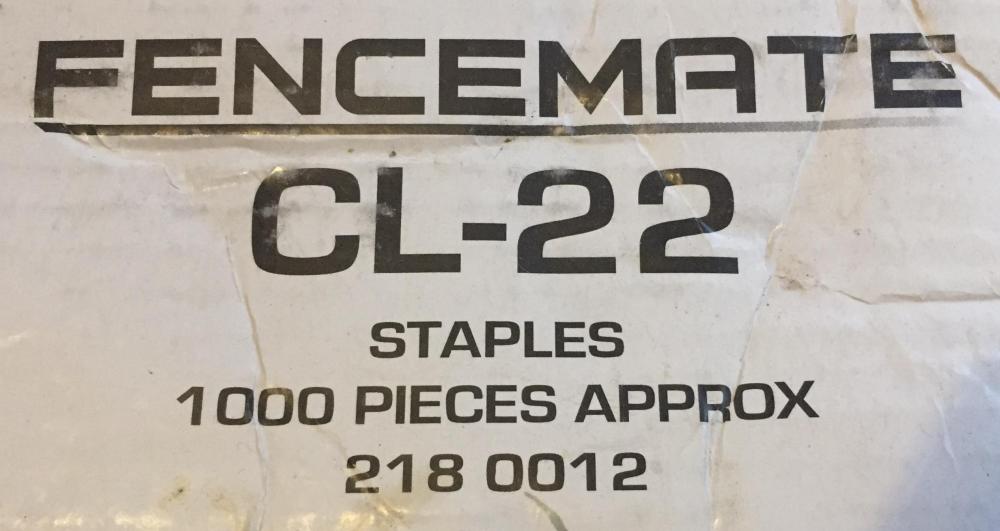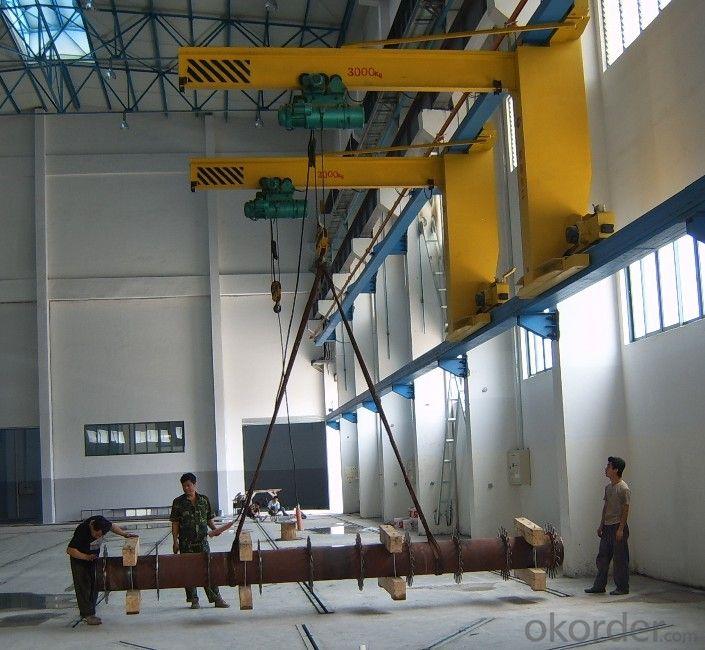Leaderboard
Popular Content
Showing content with the highest reputation on 06/25/20 in all areas
-
It’s all the above points that make me feel glad I did not have a sunamp but a proven if basic DHW tank, as an aside I had two thermostatic pockets fitted to my tank, half way and bottom so I could choose to heat half of the tank (just us two at home) or whole tank (family and visitors ). I also have two immersions for the same reason as a backup if the ASHP Fails/needs a service. Belt and braces but it works (and I understand it!). In two years we have never run out of hot water. (Even when I forgot to switch to lower stat when having visitors!).3 points
-
Around £900. More than the equivalent Gledhill at the time but decided it was worth paying the extra for the cylinder that was designed to work with the ASHP we'd chosen so as to avoid any blame games if we had any issues at a later date.2 points
-
The 17 pages here with no clear answer provided the clear "no" answer for me, as after the thrill of researching and installing the system, I honestly never want to have to think hard about it again, and the risk of unscheduled maintenance seems too high. Likewise I eliminated the Mixergy tank for over-complexity. Getting a reliable knowledgable ASHP installer in our area is damn hard, without making an extra stick for my back. Instead, for better or worse, I've settled on an OSO geocoil: https://www.osohotwater.com/en/domestic/delta-geocoil 300L with claimed 49W heat loss is just over 1.1kWh per day, so not entirely out of the SA domain. But with massive benefit that every single heating engineer in the country will know how to hook it up or work on it, and even if OSO go bust I've got a very good chance of long term maintenance on it, as there's virtually no active components in it. (Much less any cloud dependency, no thank you Mixergy). It's also actually cheaper than the Ecodan matched UVC my installer originally quoted for, so if all goes well it's exceptionally good VFM. Biggest downsides vs any other UVC are it's only available with one immersion heater slot (so I am reliant on ASHP for reliable reheat times, unless I can retrofit a 6kW+ element?), and there's always a risk about longevity and unrepairable nature of VIPs (OSO say it's no more likely to fail that the tank itself leak, and they have 25yr warranty).2 points
-
I'll say it once more: put any spare £ you want for hugs from planet earth into insulation. That stuff is hard to retrofit, especially underfloor. This will reduce heating (and cooling) requirements at zero incremental cost over time. Systems changes, PV or ASHP or whatever, can be retrofitted far more easily as/when that becomes economic. But if you've already reduced the total energy demand, it matters far far less where that energy is coming from. To reappropriate the physical wastage slogan for energy efficiency, the priority order should be 1/ Reduce energy requirements (i.e. add insulation), 2/ reuse energy (i.e. increase airtightness and use heat-recovery ventilation), 3/ recycle energy (more accurately upcycle energy: convert low grade energy to higher value, e.g. via PV or ASHP). SAP seems to encourage everyone to think about #3 without doing #1 and #2 first.2 points
-
In reality it’s much worse than that. You may receive a unit that is more like 40 or it could be 60. The technology for measuring the discharge is beyond basic (a length of wire with temp sensors hand soldered on and poked down a copper tube). The wire is not fixed in place and can be pulled or pushed moving the measurement points. But more importantly you do not have ANY control. Unless they’ve changed something in the most recent controllers there is absolutely no way to override this. Although I believe some have fixed this by power cycling the controller which frankly is a bodge.2 points
-
I checked, they recommend 4.5kW max, and that won't invalidate warranty https://www.oso-spares.co.uk/immersion-heaters/45-kw-immersion-with-2-x-4mm-cables1 point
-
As I understand it, yes, just a rubber stamp, pass or fail. Pretty hard to fail in reality if some care has been taken. If there is a known problem, explain to the people that are pushing you to get it done that the country has been in lock down for 3 months, just in case they missed it. A few insurance companies are in Bournemouth, so they may have been on the beach.1 point
-
Hi there, would recommend design engineering workshop in Glasgow, they've done a few passivhaus projects...1 point
-
As it stands, with gas heating, the heating cost for the 1 bed flat will be about £100 per year. Water heating is about £80. There is a limit to what can be sensibly improved by adding insulation. I could put some heat recovery ventilation but it would need to be small and idiot proof to run.1 point
-
Incidentally, all the readings are taken on specific spots for consistency. There is of course some variation on, for example, the floor temp depending on where measured (currently ranging between 19.2C and 20.3C).1 point
-
Turned the cooling off before we went to bed last night but back on at 8.30am today. Even hotter day today but has remained very pleasant indoors. Air temp in living area at 8.30am was 24.1C and upstairs was 24.3C Air temp in the living room is currently 22.9C and the floor is 20.1C. Upstairs air temp is 23.2C. Outside temp at 8.30am was 27C and just now (5.30pm) is 30C. I currently run the ASHP at circa 18C in cooling mode so could probably drag the slab temp lower if I reduced that but have played very safe re dew-point. Will turn the cooling off around 8.30pm (not much PV by then anyway) but repeat again tomorrow.1 point
-
+ 1 I bought a twiddler years ago. Don't use it often. But when I do it's brilliant. Needs a bit of persistence , practice, but after that it's like riding a bike. You can make up lengths of twisted wire for use later - you get to feel for the correct degree of twist after a bit. The result is very strong wire - and gabions are the perfect place for that.1 point
-
No problem at all. I ran mine for over a year before borrowing one of the forum's anemometers and setting it up properly. I just did a "seat of the pants" intitial set up. Leave the vents on the rooms with the longest pipe runs open quite wide, and the rooms with shorter runs, close the vents down a bit. What I found when I set it up (if my memory is correct) was I was over ventilating the kitchen and under ventilating the bathrooms, but it did not seem to make much practical difference.1 point
-
1 point
-
what's the logic behind that? Surely the charger's supply needs protection and and MCB is an MCB whether it's in the main CU or another box...1 point
-
So slightly different in Western Power areas as they won't give you a bare meter connection with no CU tails to connect to. You have to have either a temporary CU or some other fused switch before the will install a meter. @BotusBuild once you book your connection you will be given a date - then book your meter connection with the first supplier that offers a free meter install on a no ties contract then change once you have an MPAN and a meter installed1 point
-
Of course the man from the swimming pool association would say that. Cold tub today, turned it down to 32 degrees Celsius.1 point
-
The meter box has to be in place. Then the DNO connects their supply and leaves it as a bare supply. A short time later the supplier comes along and installs a meter. Your electrician then connects a consumer unit and you can connect stuff.1 point
-
They suggest you don't run large loads for long periods through a CU - this is a load that runs at full power for hours.1 point
-
Thinking a little outside he box here. You could heat up one large cylinder with water, then feed off that to the 3 flats, via inline heaters. Does depend on how the water is metered. It is possible to fit PV on a roof at a lower cost that tiling, does depend on roof design. You may also find that fitting a 4th meter and exporting everything that get generated, while collective the 5p/kWh (or whatever you can negotiate) is a better way. I think you will find that the 'government' is doing more that you think. Also a lot cheaper to build a solar farm than get a few thousand panels fitted to new builds. Really need to do both though, but people still think that PV is expensive, don't work well and will break down.1 point
-
An MPAN can exist without a registered address. Ours is registered to "Land 50m metres east of _______" We were given the MPAN a few days before the actual connection and then we booked the meter with the supplier. We chose SSE as our intitial supplier to install the meter, simpy because that was the DNO. Signed up to the standard variable tariff then switched within a few weeks.1 point
-
I know that @Jeremy Harris had heat loss problems with his DHW tank which led him to replace with a Sunamp but in all honesty our airing cupboard is very nearly the same temp as the house. (Well insulated as bought with more insulation added) I know we are in a heatwave at the mo but most of the year the house needs a Little heat so I don’t consider the “waste” heat much of a problem.1 point
-
Head vs heart Right now, it’s “head time”....Save money and buy PV for your home instead, if you're in need a hug from the planet. It’s a shame this kind of choice is down to the general population though, rather than a government driven directive. IMHO every single house should have 2-4 PV panels on for low input, widespread mass injection into the grid. That wouldn’t please the fat cat big 6 so will still be a way off. Instead of the massive FIT payments making rich people richer, the money from that scheme should have gone towards that with the big 6 forced to take some of their grotesque profit margins and actually reinvest into the infrastructure, where necessary.1 point
-
I'm with you Joe. We have a 300L DHW tank which can be heated by the ASHP, directly by PV (via diverter) or via the immersion. Belt, brace and a safety pin ?1 point
-
Yes, but my system was specified to provide heating and DHW. Also one of my units still doesn’t work properly.1 point
-
i have just used about 6 thousand of these attaching rabbit netting to my stock fence ! This is the product I use. i turned up at my 80 year old dads yesterday with a bunch of stock Netting, various wire and clipping options And explained what was required.... he will build the prototype and then when I give it the seal of approval will launch into full time construction!. The basic idea is to use two layers of sheep fencing for each tubular cage, the mesh is smaller at the bottom to stop lambs getting through so I will flip over one layer so that the smaller holes are at both top and bottom and also offset the vertical wires to create much smaller holes, hog clip it all together and then attach them all together with heavy gauge galvanised wire, if required I could also run a full length run of stock netting along the front to even it all out and help bind it all together. I will use heavy gauge galvanised high tensile Steel netting as I think this will have the longest life span. Will report back with photos as the project progresses.1 point
-
So if I understand where you are coming from - say you need 500l of hot water a day, you buy a tank that holds 500l. With a SunAmp you buy a size equivalent to 500l but due to ambiguities with the charge state you never know if you have 500l or 50l? (Crude numbers just to clarify if that's what you mean?)1 point
-
Our main front door is actually Hormann, but we do have a back door by IdealCombi. It's the Nation IC model fully glazed. 2 years ago it was £858 ex vat, plus £253 ex vat for 3 sets of keys... so in total £1333 inc vat. I think it's better than the Futura+ items we have and good for the money, however i'd overall characterise IdealCombi as very good for the money but not premium products.1 point
-
you seem to be miss interpreting my picture, I am VERY aware what a dry stone dyke is and I clearly stated what my picture Is..... Not sure I understand where the next line fits in. I would also point out that dry stone walling, be it retaining or free standing is all about the key word (dry stone) there is no mortar used. The shape of the stones is irrelevant, my picture is of a dry stone retaining wall, those stones did not just magically come in that shape..... I worked every single stone by hand from Very rough Semi dimensional stone To the sizes and shapes I wanted to create the perfect curves and to have flat courses Running through it as this was the style this specific job required. If I wanted it to look more natural I would have done something different, like below. i am starting to look seriously at making my own gabions and will post some pics when I have my prototype ready. pic of 2 meter high dry stone retaining wall I built in australia 8 years ago1 point
-
1 point
-
Our hero has a strategy for that. He's going to do the Colditz "how to hide an escape hatch in a ceiling" trick, and draw a whole network of hairline cracks on with a pencil, so you won't notice the real one. aka Trompe l'oeil Bristol-style. It's like you don't notice weeds in my garden, as there are so many people think it *is* the garden.1 point
-
Because I’m a clever fooker Been there got the t shirt bud. Sprayed a few houses in oz. always back roll. You get a hairline crack you cannot just grab the roller and give it a quick run over, as it will show up like dogs balls.1 point
-
Well, three hours in cooling mode and the floor temp is down to 22.2C but the air temp in the living area is actually higher than it was three hours ago (currently 25.1C) but I suspect that's because heat is still permeating through the wall/roof. Upstairs air temp is down to 23.4C. I should probably mention that 1/3 of the L-shaped living area has a vaulted ceiling with lots of south and west facing glass and a pitched roof that faces east and west so there's a large surface area exposed to direct sunlight for most of the day. Edit to add: doesn't help that Mrs NSS has been cooking of course.1 point
-
Just to check this point, is your concern that qualified engineers, parts/replacements or even the delivery of gas itself will become difficult over time? I personally can't see that happening for many decades, as a nation we're so hooked on it, and it'll need a very very significant change in pricing to really retrofit folks off it. If they're paying people to move off it, you might as well go with it now and take the cash incentive when it's offered. (Plus, there is still the slim possibility we'll see CO2 near-neutral gas someday and there'll be no need to do any of this) Obviously if you preference is driven by deeper ideological basis around this point then fair enough (and I'm with you). For low maintenance at a fixed (low) capital investment, and with an eye to minimizing emissions, I'd say put all the £ you can into upgrading insulation, airtightness, reducing the need for heating of any sort, and then go with the very best value for money combi boiler deal you can find. (As a landlord I found a system boiler a nightmare as our tenants couldn't understand a timer switch and had repeated emergency call outs to adjust it. We fitted a combi boiler and never had another issue) Just my 2p worth.1 point
-
1 point
-
Nice. It is quite satisfying when you can do the whole job in a day, especially if it is something you have not done before.1 point
-
I can't answer that as it may constitute commercial content, which we never discuss on public forum. There.0 points
-
I still think we are at the VHS / Betamax stage with car chargers. I do hope one day there will be be one standard charger?0 points
-
Because specification is absolutely key and Sunamp have made it very clear they are a “manufacturer” not a “specifier”. I note you have included the warranty document. Once you’ve had the pleasure ??? of moving a 12kw unit you may start to understand why a return to base warranty provides some unique challenges. My advise is to fit them near an outside door ideally with an electric winch and head rail system. Something like this should do it:0 points
This leaderboard is set to London/GMT+01:00















